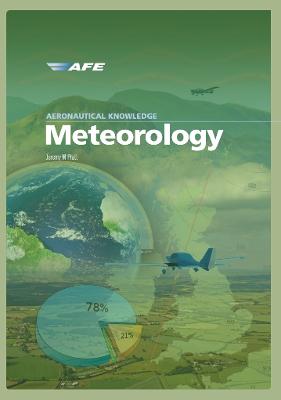Home > All Titles > New Releases > December 2024 New Releases > Aeronautical Knowledge Meterology

Many pilots consider Meteorology to be one of the most interesting, and sometimes most baffling, of the theoretical subjects they have to learn. Too often, aviation meteorology has been taught in a largely academic sense, with a heavy emphasis on physics and theory, with little attention given to the practical aspects of the weather as it relates to pilots. This shortcoming was addressed in the 2015 Private Pilot Licence (PPL) and Light Aircraft Pilot Licence (LAPL) courses, produced by a team of experienced flying instructors and examiners put together by the UK Civil Aviation Authority (CAA). This syllabus brings PPL and LAPL training in-line with the modern training environment. In particular, the new training courses are focused on providing up-to-date and practical aeronautical knowledge, rather than requiring the pilot to rote learn largely academic and irrelevant material with little application to ‘real world’ flying. Aeronautical Knowledge, Meteorology is part of a new series of aviation training manuals, designed from the beginning to take full advantage of this new methodology in aviation training. It provides a deeper understanding of aviation weather and approaches the subject of meteorology on a ‘step-by-step’ basis, from a starting point assuming no prior knowledge of the subject, through to a comprehensive coverage of practical aviation meteorology for Visual Flight Rules (VFR) flight. Written by a current Flight Instructor and established author of over 25 training manuals, who was closely involved in the creation of the new PPL and LAPL training syllabi, this series is now delivering the real-word aeronautical knowledge that today’s pilots need – not just to pass the relevant exams, but also to operate safely and proficiently in the modern aviation environment.